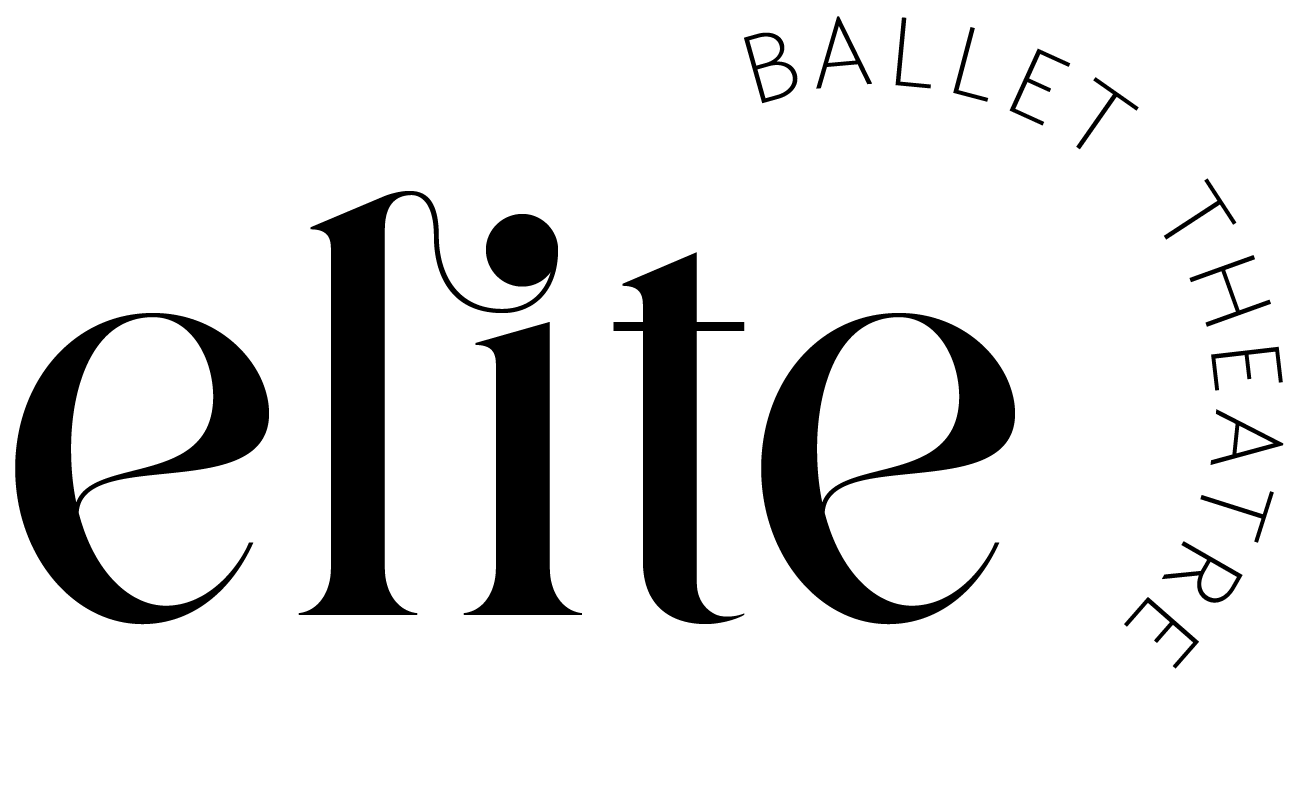FAQs
What makes your studio different from all the other studios in the area?
Elite Ballet Theatre only teaches classical ballet. Our curriculum follows a traditional Vaganova (Russian) syllabus. We train all of our faculty members to make sure that their teachings are consistent with our syllabus and mission statement. Our classes rarely exceed 15 students, as we believe that each student deserves personal attention. Each year, we take field trips as a school to watch performances by American Ballet Theatre, the Bolshoi Ballet, and the Trockaderos. We feel it is very important to allow our students to see exactly what they are learning. Also, it helps open their eyes to how beautiful ballet is. We perform only full-length story ballets annually, not recitals. Recitals are for amateurs, so to provide the most professional education and training, full-lengths are a must. Lastly, we aim to make our students look like dancers. When they walk out on the street, we want people to notice that they walk differently; they have poise and grace. That is most important.
What's the difference between classical ballet and "normal" ballet?
Great question! Without much research, it is often hard to tell. Classical ballet focuses on clean arm, legs, head and feet positions. It about the quality of the dancer, not about the quantity. Many studios only teach "normal" ballet. They focus on flexibility and many many turns. However, without it having a clean quality, it's not the same. They are dancers, but not classically trained dancers.
Why don't you put your schedules online?
If you have been taking ballet for several years already, our director, Mr. Ling would like to see you first before letting you know what level you should be placed in. Many of our training programs are customized, so even if we did post the schedules they would be of no use without understanding what they mean.
What's the difference between a placement class and a technique class?
In placement class, students face the barre and the mirror and work mainly on refining their technique. A special emphasis is placed on their heads, neck, and clean positions. Placement classes help to work on details overlooked in technique class. Also, they are only an hour long. Technique classes start at the barre and slowly work towards center. It follows a typical ballet structure, from plies to grand battements to grand allegro. In technique, class is where students learn new steps and work on learning combinations. Here, they develop coordination and basic techniques.
Do you teach private lessons?
Typically, no. Mr. Ling does not like teaching private lessons because he believes private lessons should only be for students who need extra help. For example, if a student were to start ballet from scratch at age 12, Mr. Ling would recommend private lessons to help her catch up to her age. Or, if a student is struggling in class, Mr. Ling may suggest one or two private lessons to help him or her get over the hump. Diligent students should not need private lessons unless necessary.
How do you charge for classes?
We charge on an hourly basis, per session. Sessions typically last 7-8 weeks, or two months. Depending on the number of hours a dancer takes per week, the amount is different. Once you are placed into a class by Mr. Ling, then we will figure out how much it is for you. We do charge a one-time $25 registration fee for new students. Also, we do not provide free placement classes. Class is class.
Do all students participate in the performances?
No, students must be eligible to participate in the performance to perform. If Mr. Ling believes that he or she is not ready to perform, he will not offer him or her a contract. Students should see eligibility as an honor, as Mr. Ling trusts that they are ready to perform.
At what age do you start accepting students?
Ideally, we would like students to be at least 5 years old. However, there are many exceptions to this rule. We have encountered many very talented young girls at the age of 3. It depends on the child.
